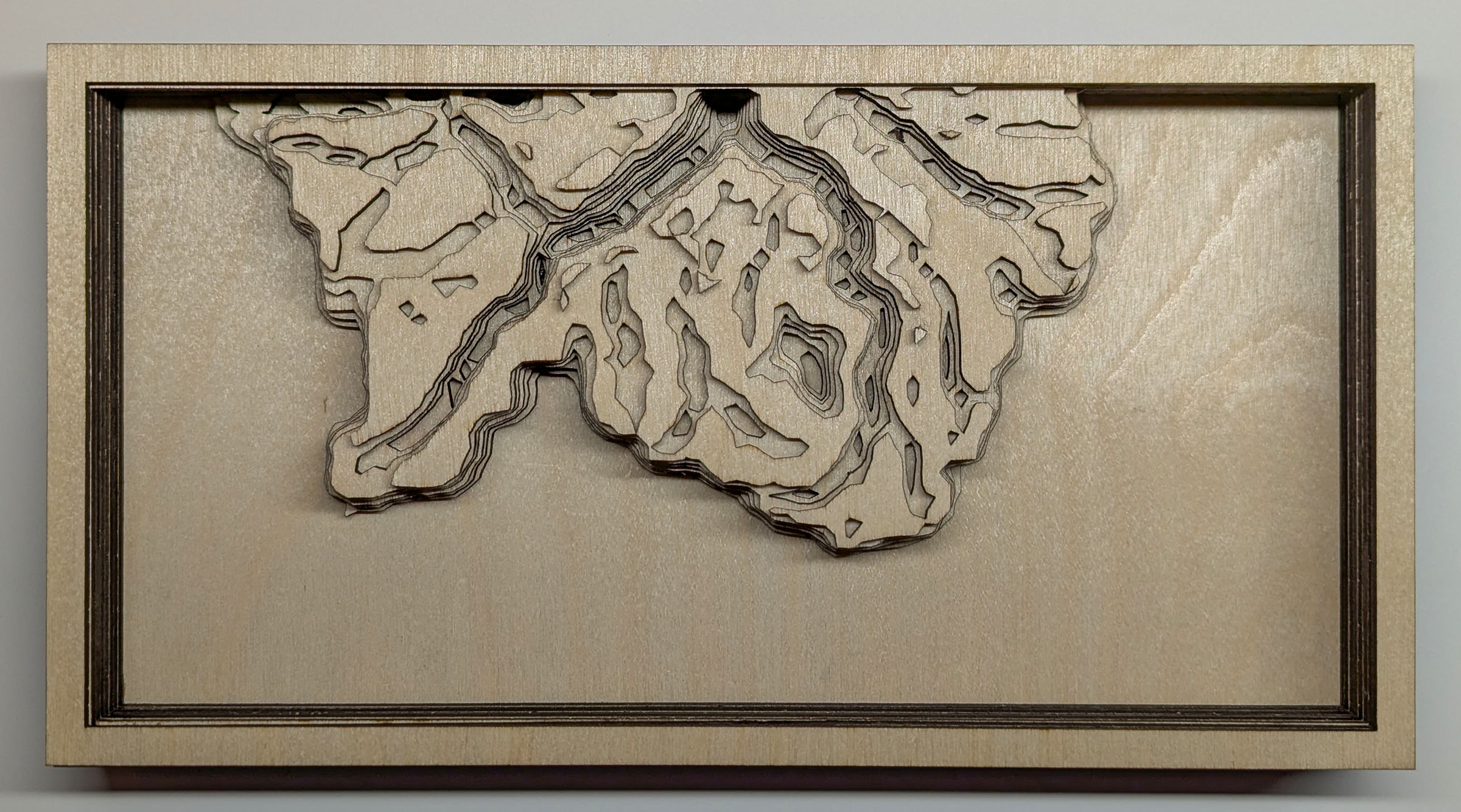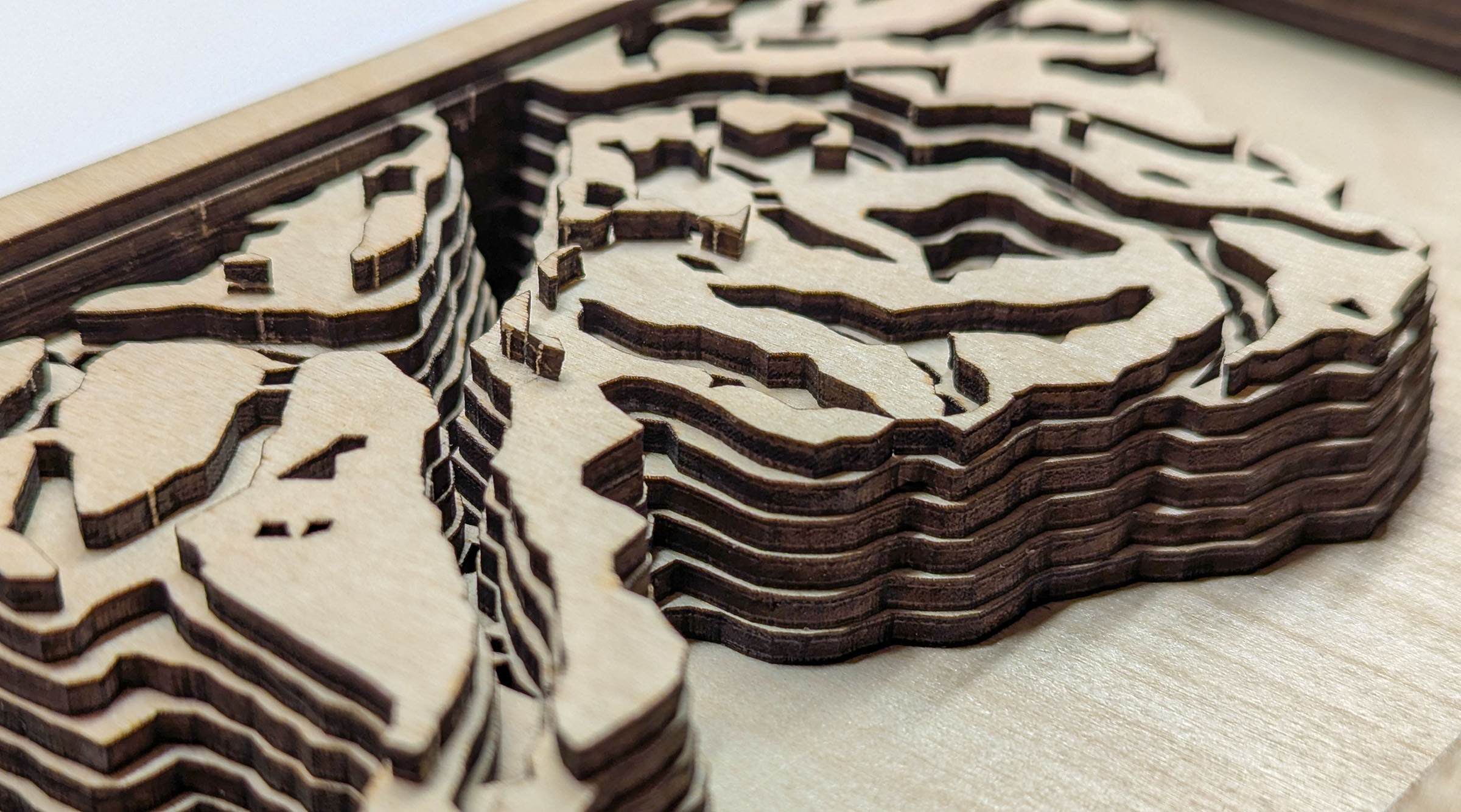Hydra

Hydra is a generative artwork exploring the dynamic evolution of river deltas—natural systems that have shaped and mirrored human civilization for millennia. From the earliest settlements in Mesopotamia to the modern megacities of the Nile and Pearl, deltas have served as fertile grounds not only for agriculture, but for the growth, division, and migration of entire societies.
The series takes its name from the Lernaean Hydra, a mythological creature whose severed heads would regrow as two, reminiscent of the perpetual avulsion and bifurcation of the river channels within a delta. The algorithm behind Hydra procedurally generates deltaic topographies by stochastically routing water and sediment parcels, with the degree of sediment cohesion influencing whether a delta meanders or fans outward. Like human cultures, these formations grow, split, and migrate, shaped by internal dynamics and external forces alike.
Once generated, the topographic map of a delta is rendered as layers of pigments on rough paper, sometimes arranged as a triptych portraying its evolution in thirds. The visual treatment of Hydra draws on diverse sources of inspiration ranging from the vibrant waterways featured in Poisoned Beauty by Gheorghe Popa to the watercolor aesthetic of GRIS by Nomada Studio.
In tension between chaos and control, erosion and emergence, Hydra invites viewers to consider the parallels between the physical evolution of landscapes and the social structures that grow upon them.
Hydra adapts "DeltaRCM Vegetation" by Rebecca Lauzon (MIT), "D3.js" by Mike Bostock (ISC), "Spectral.js" by Ronald van Wijnen (MIT), and shader fundamentals by Dave Hoskins (MIT) and Inigo Quilez (MIT).

